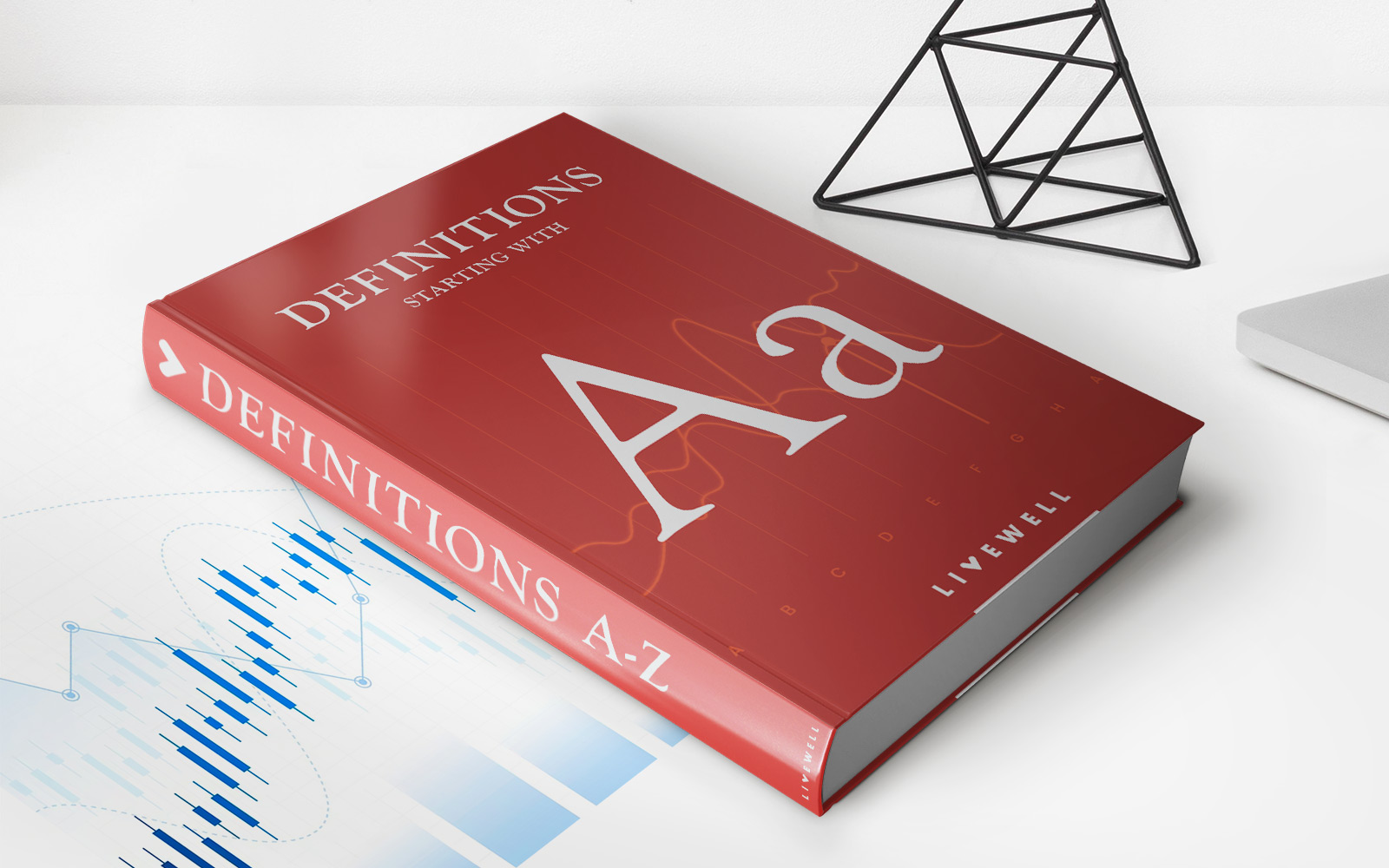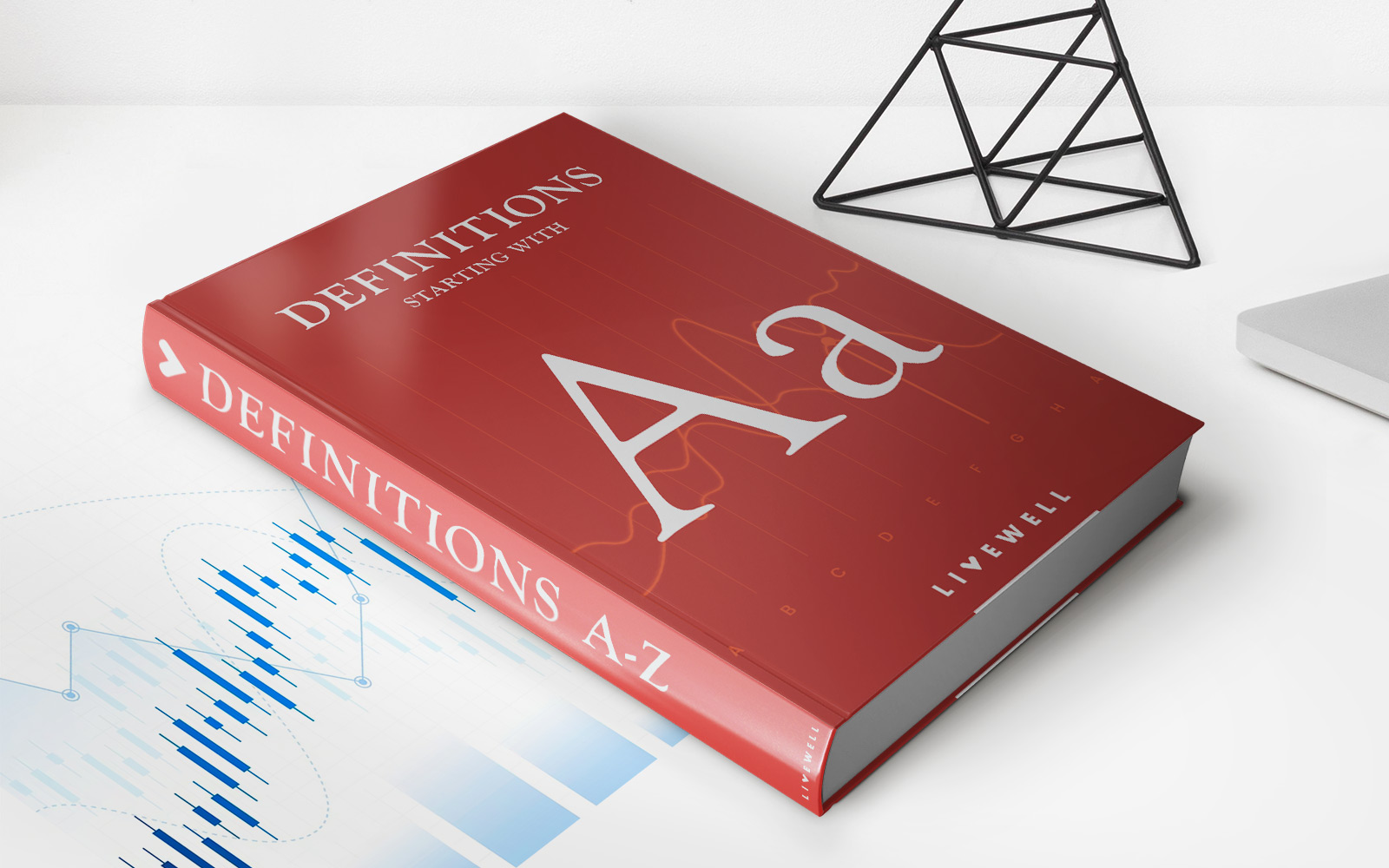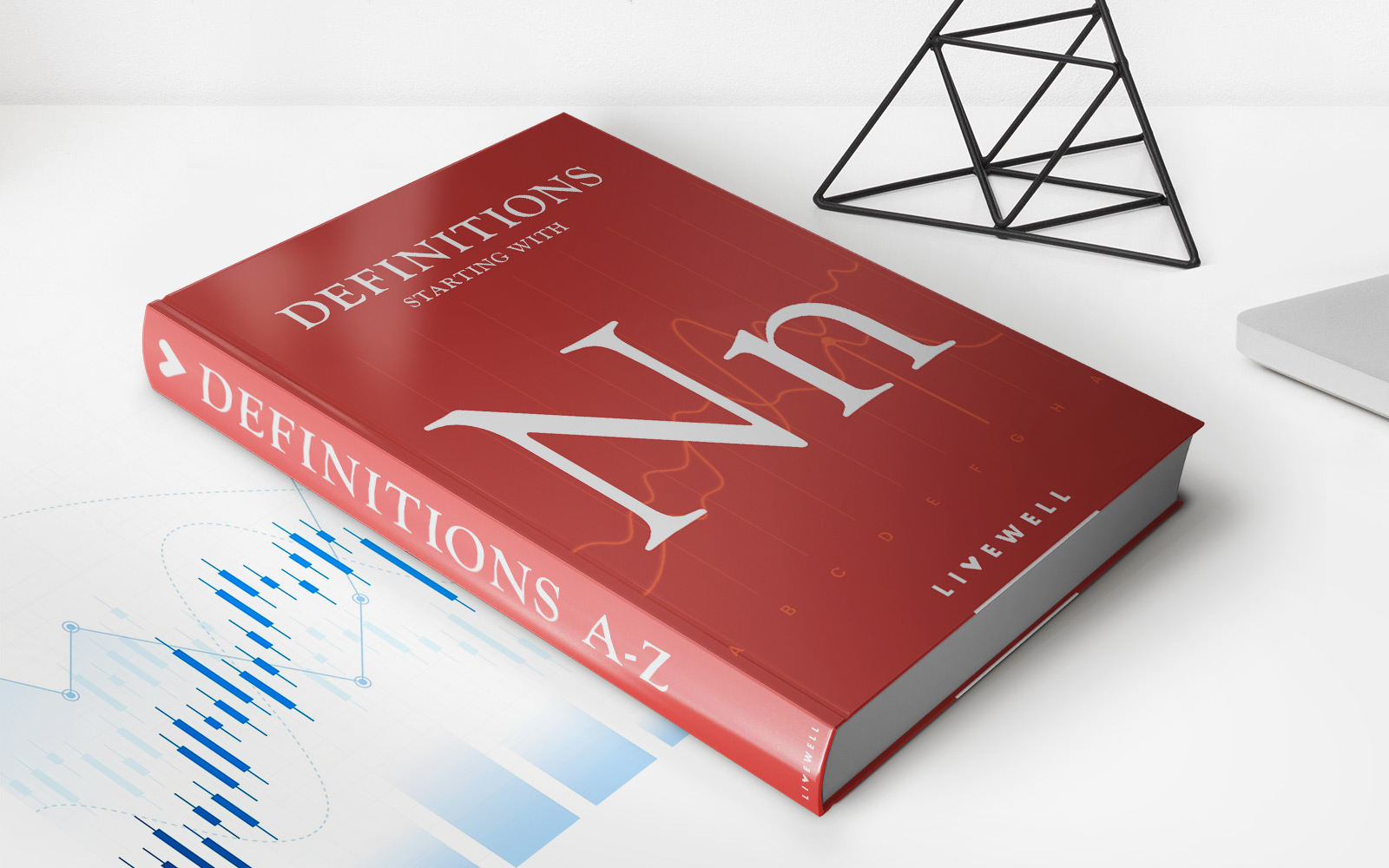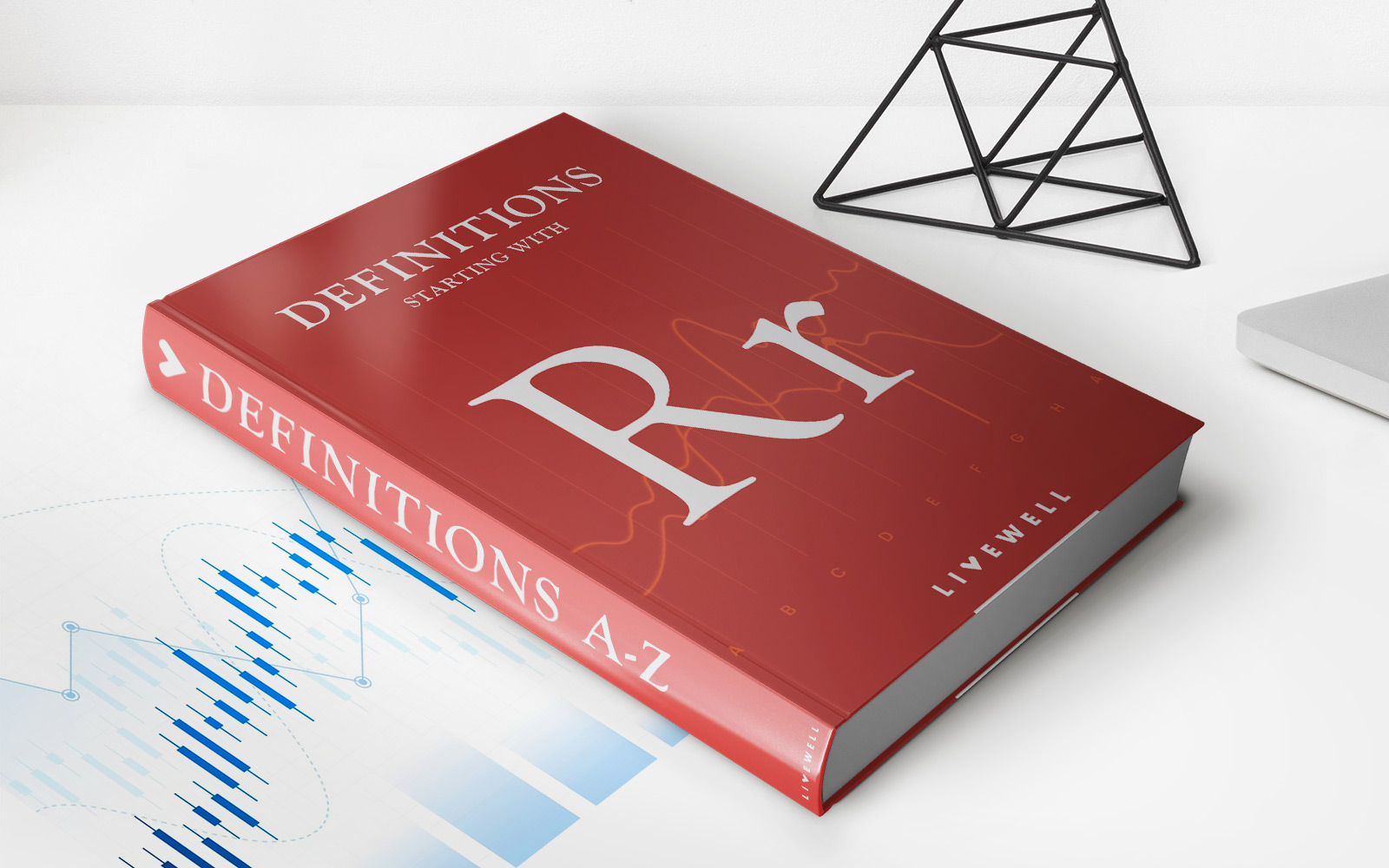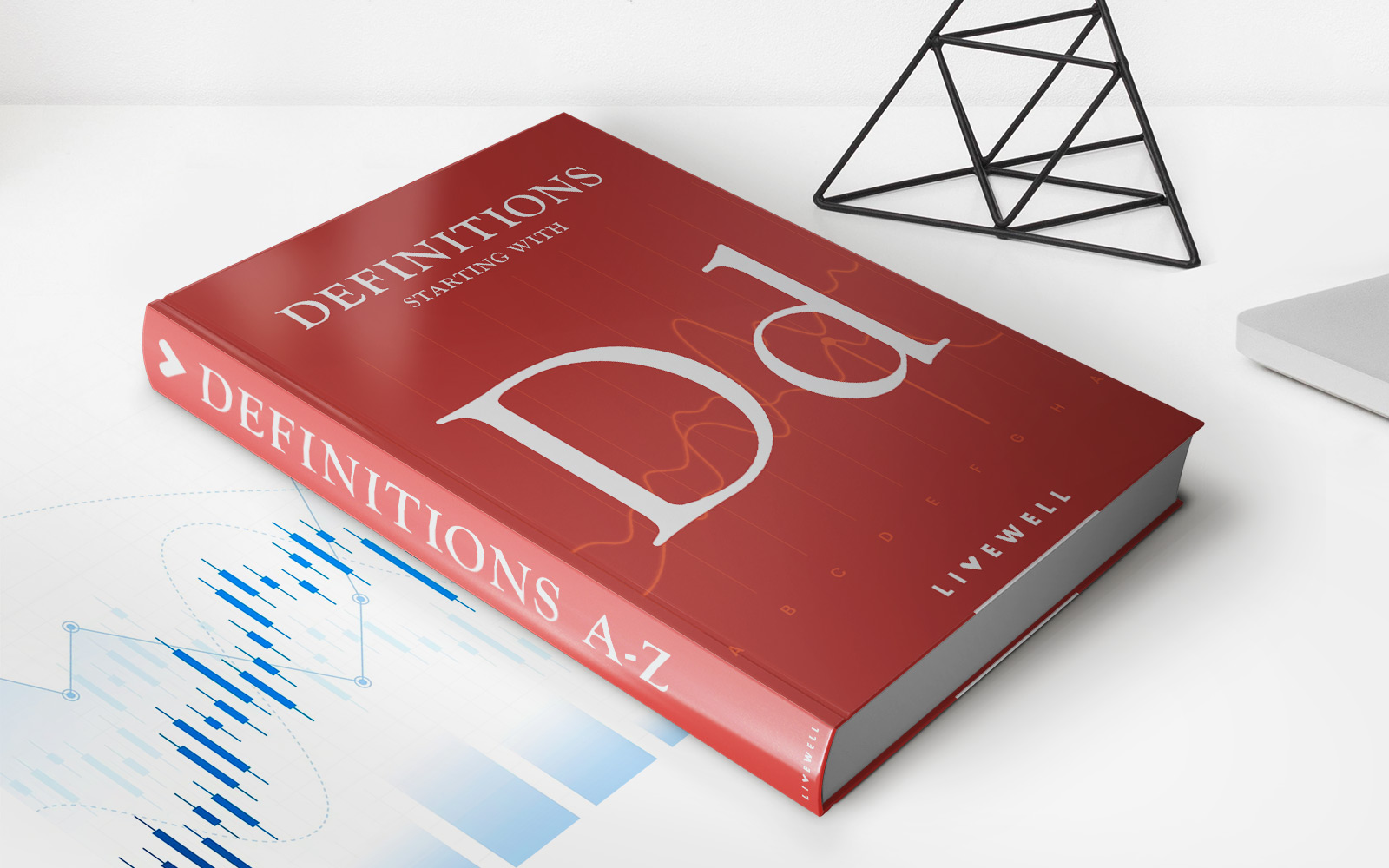

Finance
What Are Pensions And Annuities?
Published: January 22, 2024
Learn about pensions and annuities in finance. Find out how they can help you plan for retirement and secure your financial future.
(Many of the links in this article redirect to a specific reviewed product. Your purchase of these products through affiliate links helps to generate commission for LiveWell, at no extra cost. Learn more)
Table of Contents
Introduction
Understanding the Basics of Pensions and Annuities
When it comes to planning for retirement, it’s essential to have a clear understanding of financial instruments such as pensions and annuities. These tools play a crucial role in providing individuals with a steady income stream during their retirement years, offering a sense of financial security and stability.
Both pensions and annuities are designed to help individuals prepare for retirement, but they operate in different ways and have distinct features. In this comprehensive guide, we will delve into the intricacies of pensions and annuities, exploring the various types, key differences, and important factors to consider when choosing between the two.
By gaining insights into these financial products, you can make informed decisions that align with your long-term retirement goals and financial well-being. So, let’s embark on this journey to unravel the world of pensions and annuities, empowering you with the knowledge needed to navigate the complexities of retirement planning with confidence.
Understanding Pensions
At its core, a pension is a retirement plan that provides a steady income to employees after they cease working. Pensions are typically sponsored and funded by employers, serving as a form of financial security for employees during their retirement years. The primary objective of a pension is to ensure that individuals have a reliable source of income once they no longer receive a regular salary from their employer.
One of the key characteristics of a pension is that it is a defined benefit plan, meaning that the amount of income a retiree receives is predetermined based on factors such as salary history, years of service, and age at retirement. This distinguishes pensions from other retirement savings vehicles, such as 401(k) plans, which are defined contribution plans where the eventual payout depends on the amount contributed and the investment performance.
Pensions are often structured to provide regular payments to retirees, ensuring a consistent flow of income throughout their retirement years. This reliable income stream can significantly contribute to financial stability and peace of mind during retirement, allowing individuals to cover essential expenses and maintain their desired standard of living.
It’s important to note that the landscape of pensions has evolved over the years, with many employers transitioning away from traditional pension plans to alternative retirement savings options. However, pensions still play a significant role in retirement planning for numerous individuals, especially those in public sector jobs and certain industries.
Types of Pensions
There are several types of pensions, each with its own unique features and eligibility criteria. Understanding the distinctions between these pension plans is crucial for individuals seeking to make informed decisions about their retirement savings. The following are some common types of pensions:
- Defined Benefit Pension: This traditional pension plan guarantees a specified amount of income to retirees based on factors such as salary history and years of service. Employers bear the investment risk, and the payout is typically calculated using a formula that considers the employee’s earnings and years of service.
- Defined Contribution Plan: Unlike a defined benefit pension, a defined contribution plan, such as a 401(k) or 403(b), does not promise a specific payout. Instead, employees and employers contribute funds to individual accounts, and the eventual payout depends on the contributions and investment performance. This type of plan places the investment risk on the employee.
- Government Pensions: Government employees, including those in federal, state, or municipal positions, often participate in pension plans specifically tailored to public sector workers. These plans may have varying structures and benefits based on the specific government entity and employment terms.
- Military Pensions: Members of the armed forces are eligible for military pensions, which provide retirement income based on years of service and rank. These pensions are an essential component of the overall compensation package for military personnel.
- Personal Pensions: Also known as private pensions, personal pensions are individual retirement savings arrangements that allow individuals to make contributions to a pension fund, which is then invested to generate retirement income. These plans are particularly common for self-employed individuals and those without access to employer-sponsored pensions.
Each type of pension has its own advantages, considerations, and eligibility requirements, making it essential for individuals to carefully evaluate their options and choose the plan that aligns with their long-term financial objectives and retirement needs.
Annuities: An Overview
As individuals plan for retirement, the concept of annuities often enters the conversation as a means of securing a reliable income stream. An annuity can be best described as a financial product designed to provide a series of payments to the holder, typically during retirement. It serves as a tool for managing longevity risk, ensuring that individuals have a source of income for the duration of their retirement years.
One of the defining features of annuities is their ability to offer a guaranteed income stream, providing a level of financial security that can complement other retirement savings and investments. Annuities are often sold by insurance companies and can be structured in various ways to align with the unique needs and preferences of the purchaser.
When an individual invests in an annuity, they make either a lump-sum payment or a series of contributions, which then accumulate and generate a stream of income that can commence immediately or at a predetermined future date. This income can be distributed on a monthly, quarterly, semi-annual, or annual basis, offering flexibility in meeting the specific financial requirements of the annuitant.
Furthermore, annuities can serve as a valuable tool for tax-deferred growth, allowing the funds invested to grow without being subject to immediate taxation. This feature can be advantageous for individuals seeking to maximize their retirement savings and manage their tax liabilities effectively.
It’s important to note that annuities come in various forms, each with its own set of features and considerations. By gaining a comprehensive understanding of the different types of annuities available, individuals can make informed decisions that align with their retirement goals and financial circumstances.
Types of Annuities
Annuities are available in several distinct forms, each offering unique features and benefits tailored to different retirement needs and preferences. Understanding the various types of annuities is essential for individuals seeking to make informed decisions about their retirement income strategy. The following are common types of annuities:
- Fixed Annuities: These annuities offer a guaranteed rate of return, providing a predictable income stream over a specified period. With fixed annuities, the insurance company assumes the investment risk, making them an attractive option for individuals seeking stability and consistent returns.
- Variable Annuities: Unlike fixed annuities, variable annuities allow the annuitant to allocate their contributions among various investment options, such as mutual funds. The performance of variable annuities is tied to the performance of the underlying investments, offering the potential for higher returns but also exposing the annuitant to investment risk.
- Immediate Annuities: Immediate annuities provide a regular income stream that begins shortly after the initial investment or within one year. These annuities are well-suited for individuals seeking to convert a lump sum of money into guaranteed income for retirement.
- Deferred Annuities: Deferred annuities allow the accumulation of funds over a specified period, with the income payments commencing at a future date chosen by the annuitant. This type of annuity is ideal for individuals looking to supplement their retirement income at a later stage in life.
- Fixed Index Annuities: These annuities offer a unique blend of features, providing the potential for growth based on the performance of an underlying market index while also offering downside protection. Fixed index annuities can be appealing to individuals seeking growth potential with a level of principal protection.
Each type of annuity presents distinct advantages and considerations, and the suitability of a particular annuity type depends on an individual’s risk tolerance, retirement timeline, and financial objectives. By carefully evaluating the features of each annuity type, individuals can select the option that aligns with their retirement income needs and preferences.
Key Differences Between Pensions and Annuities
While pensions and annuities both play essential roles in retirement planning and income security, they differ significantly in their structure, funding, and payout mechanisms. Understanding the distinctions between pensions and annuities is crucial for individuals navigating their retirement options. Here are the key differences between these two financial instruments:
- Origins and Funding: Pensions are typically sponsored and funded by employers, serving as a form of employee benefit. The employer bears the responsibility for contributing to and managing the pension fund, which is used to fulfill the pension obligations to retired employees. In contrast, annuities are typically purchased by individuals from insurance companies, often using personal savings or retirement accounts to fund the annuity contract.
- Guaranteed Income vs. Accumulation: Pensions are designed to provide a guaranteed income stream to retirees, with the payout amount determined by factors such as salary history and years of service. On the other hand, annuities can be structured to provide either a guaranteed income stream or a vehicle for accumulating funds over time, depending on the annuity type and the individual’s preferences.
- Risk and Management: Pensions place the investment and longevity risks on the employer, as the employer is responsible for managing the pension fund and ensuring that retirees receive their promised benefits. In contrast, annuities transfer the investment and longevity risks to the insurance company, which assumes the responsibility for managing the funds and providing the agreed-upon income stream to the annuitant.
- Portability and Control: Pensions are often tied to specific employers, and the portability of pension benefits can vary based on employment terms and regulations. Annuities, however, offer individuals greater control and portability, as they can be purchased independently and are not inherently linked to a particular employer, providing flexibility in retirement income planning.
These fundamental differences underscore the distinct roles and characteristics of pensions and annuities in the realm of retirement planning. While pensions have historically been a cornerstone of retirement benefits provided by employers, annuities offer individuals the flexibility to secure a guaranteed income stream and manage their longevity risk through independent financial planning.
Factors to Consider When Choosing a Pension or Annuity
When evaluating options for retirement income, individuals are often faced with the decision of choosing between a pension and an annuity. Several key factors should be carefully considered to make an informed choice that aligns with long-term financial goals and retirement needs. Here are essential considerations when deciding between a pension and an annuity:
- Employment Status: For individuals who have the opportunity to participate in an employer-sponsored pension plan, the terms and benefits of the pension offered can significantly influence the decision-making process. Understanding the pension structure, vesting requirements, and potential employer contributions is crucial for employees assessing their pension options.
- Desired Income Stream: Evaluating the preferred income stream during retirement is essential. Pensions typically offer a guaranteed income based on years of service and salary history, providing a predictable payout. In contrast, annuities offer flexibility in structuring income streams, allowing individuals to choose between immediate or deferred payments and fixed or variable payout options.
- Investment Risk Tolerance: Assessing one’s comfort level with investment risk is vital. Pensions shift the investment risk to the employer, providing retirees with a stable income stream regardless of market fluctuations. Annuities, especially variable annuities, expose the annuitant to investment risk, and individuals must consider their risk tolerance when choosing an annuity type.
- Longevity and Inflation Protection: Considering factors such as longevity risk and inflation protection is crucial. Annuities can provide protection against the risk of outliving one’s savings by offering guaranteed lifetime income. Additionally, certain annuity types may include features that help mitigate the impact of inflation on future income needs.
- Portability and Flexibility: Individuals should assess the portability and flexibility of pension and annuity options. Pensions are often tied to specific employers, while annuities offer greater portability and flexibility, allowing individuals to secure retirement income independently of their employment status and employer-sponsored plans.
By carefully evaluating these factors and understanding the nuances of pensions and annuities, individuals can make well-informed decisions that align with their unique financial circumstances and retirement aspirations. Whether prioritizing a stable, employer-sponsored pension or seeking flexibility and control through an annuity, the choice between these retirement income vehicles should be guided by a comprehensive assessment of individual needs and preferences.
Conclusion
As individuals embark on their retirement planning journey, the considerations surrounding pensions and annuities play a pivotal role in shaping their financial security during the post-employment years. Both pensions and annuities offer distinct advantages and considerations, and understanding the nuances of these retirement income vehicles is essential for making informed decisions that align with long-term financial goals.
Pensions, rooted in employer-sponsored retirement benefits, provide a reliable and predetermined income stream to retirees, offering stability and longevity protection. On the other hand, annuities, often purchased independently from insurance companies, present a diverse range of options for structuring income streams, catering to individual preferences and risk tolerances.
When navigating the choice between pensions and annuities, individuals must carefully assess factors such as employment status, desired income streams, investment risk tolerance, longevity protection, and portability. By evaluating these considerations, individuals can tailor their retirement income strategy to meet their specific needs and aspirations, ensuring financial security and peace of mind throughout their retirement years.
Ultimately, the decision to opt for a pension, an annuity, or a combination of both should be guided by a comprehensive understanding of individual financial circumstances and retirement objectives. By leveraging the benefits of pensions and annuities in a strategic manner, individuals can pave the way for a fulfilling and financially secure retirement, free from the uncertainties that often accompany post-employment life.
With the complexities of retirement planning demystified and the distinct attributes of pensions and annuities elucidated, individuals are empowered to navigate the landscape of retirement income options with confidence, setting the stage for a rewarding and prosperous post-career phase.

